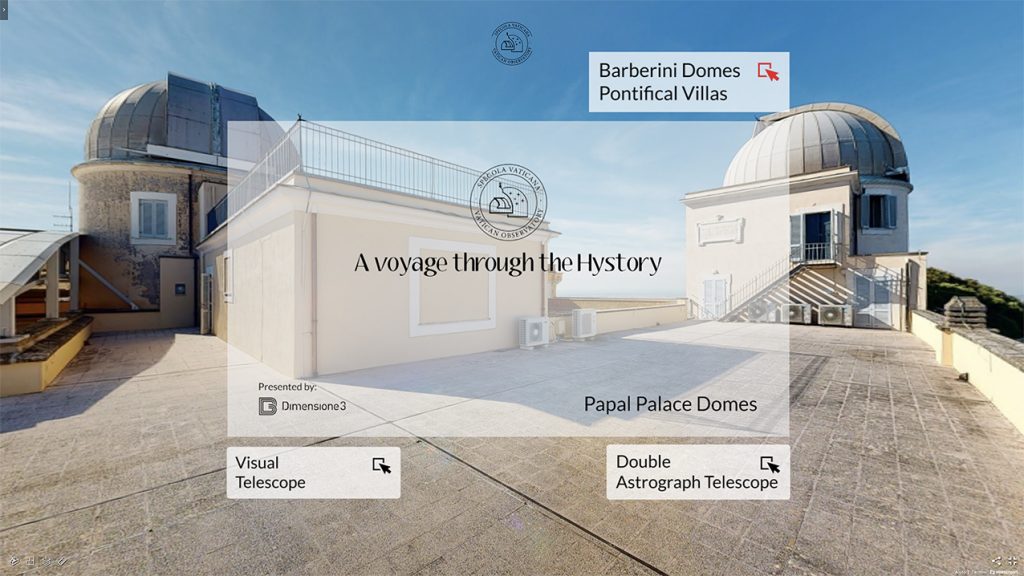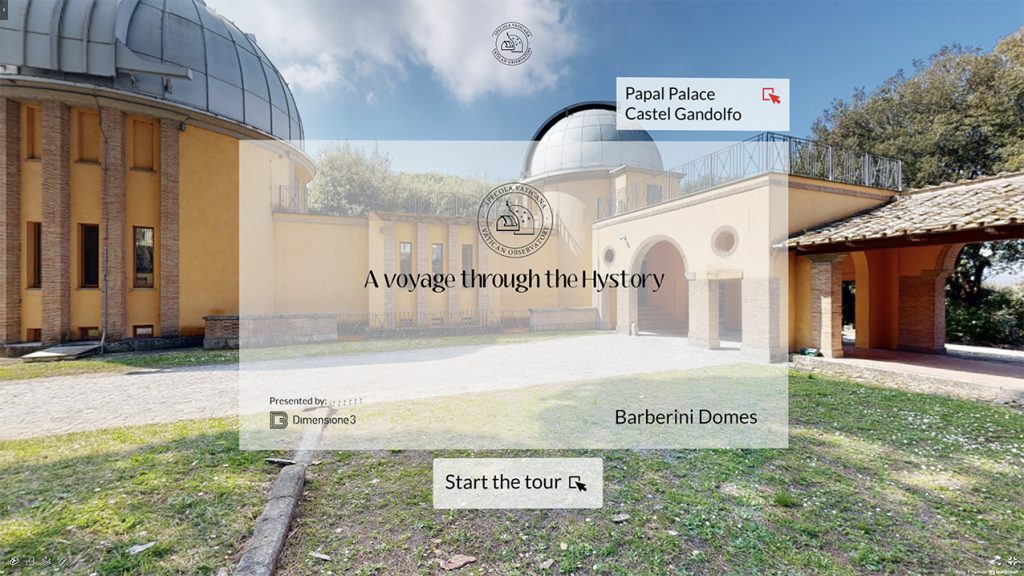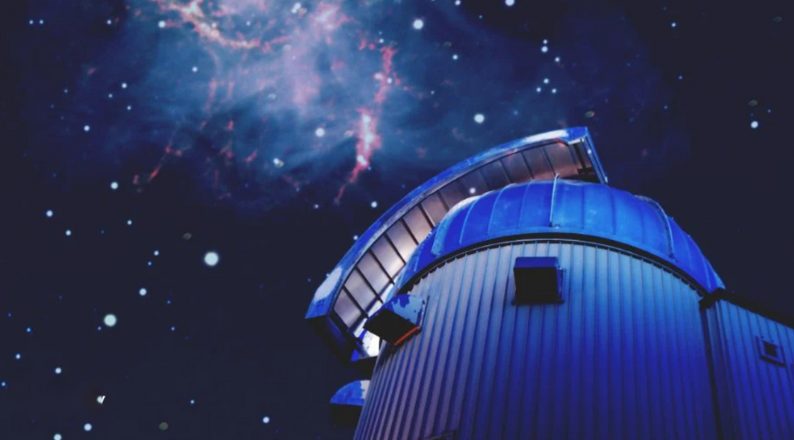(ZENIT News / Vatican City, 05.16.2023).- The Vatican Observatory is pleased to present the virtual tour of the exhibition of its history at the building of the domes in the Papal Villas (Barberini Domes) and of its historic telescopes in the same building and on the roof of the Papal Palace in Castel Gandolfo (Domes of the Papal Palace).
Visitors will be able to immerse themselves in our history through a tour that will take them to discover the scientists and instruments that have traced the path of this ancient Vatican scientific institution.
The first room recounts the origins of the Vatican Observatory, starting with Pope Gregory XIII, proponent of calendar reform in 1582, and arriving at Pope Leo XIII, founder of today’s Vatican Observatory in 1891 with Fr. Francesco Denza, Barnabite, as director and a dome on the Tower of Winds, passing through Fr. Angelo Secchi, SJ with the pontifical observatory at the Roman College.
The tour continues with the display of some ancient astronomical instruments, to arrive in the room that recounts the presence of the Vatican Observatory at Castel Gandolfo.

The last room describes the activities of the Vatican Observatory, from its presence in Tucson, Arizona, to illustrating the scientific research and activities carried out by the Jesuits and diocesan priests.
The virtual tour then takes us to the roof of this building, which houses the two historic telescopes “Carte du Ciel” and Schmidt.
Finally, the visitor is «teleported» to the roof of the Pontifical Palace of Castel Gandolfo where we find the two large domes with the Double Astrograph and the Visual telescope.
This work was made possible thanks to the collaboration of the company “Dimensione3” and was realized by integrating Matterport technology, a world leading platform for the creation of digital twins, and “Dimensione3” software that allows for the addition of customized interactions and features aimed at enhancing the digital experience and the dissemination effectiveness of the Observatory’s scientific content.

The realization of the project was based on the careful planning of every detail, from the weather and light conditions during the surveys, to the optimal observation points for digital exploration, to the most suitable route for the visitor, and finally to the features that best enhance the historical and scientific content.
The surveying of the locations was carried out with state-of-the-art equipment, which on the one hand allows for high photographic quality, and on the other hand creates the integral 3D model of the spaces. The 3D models, in addition to allowing the creation of a realistic virtual visit, also represent valuable artifacts that become the heritage of the Vatican in terms of a digital archive and at the same time form the basis for the development of new future projects.
Digital exploration of the Vatican Astronomical Observatory’s two sites is enhanced with personalized features and interactions.
Interactive virtual signage guides the visitor, allowing in-depth historical and scientific insights, interactive links between the two locations, and cross-references to the Vatican Observatory website.
The virtual tour can be accessed from the home page of our institutional website, http://www.vaticanobservatory.va/.



